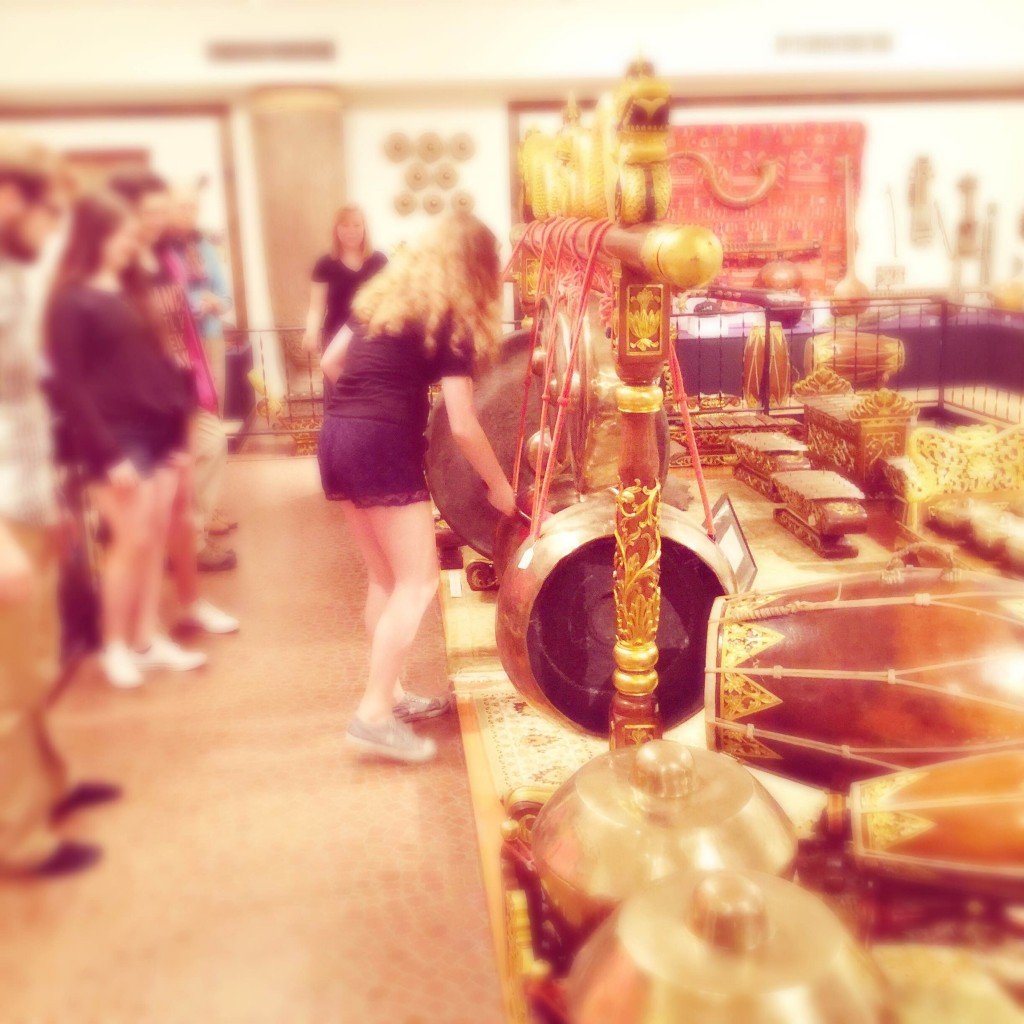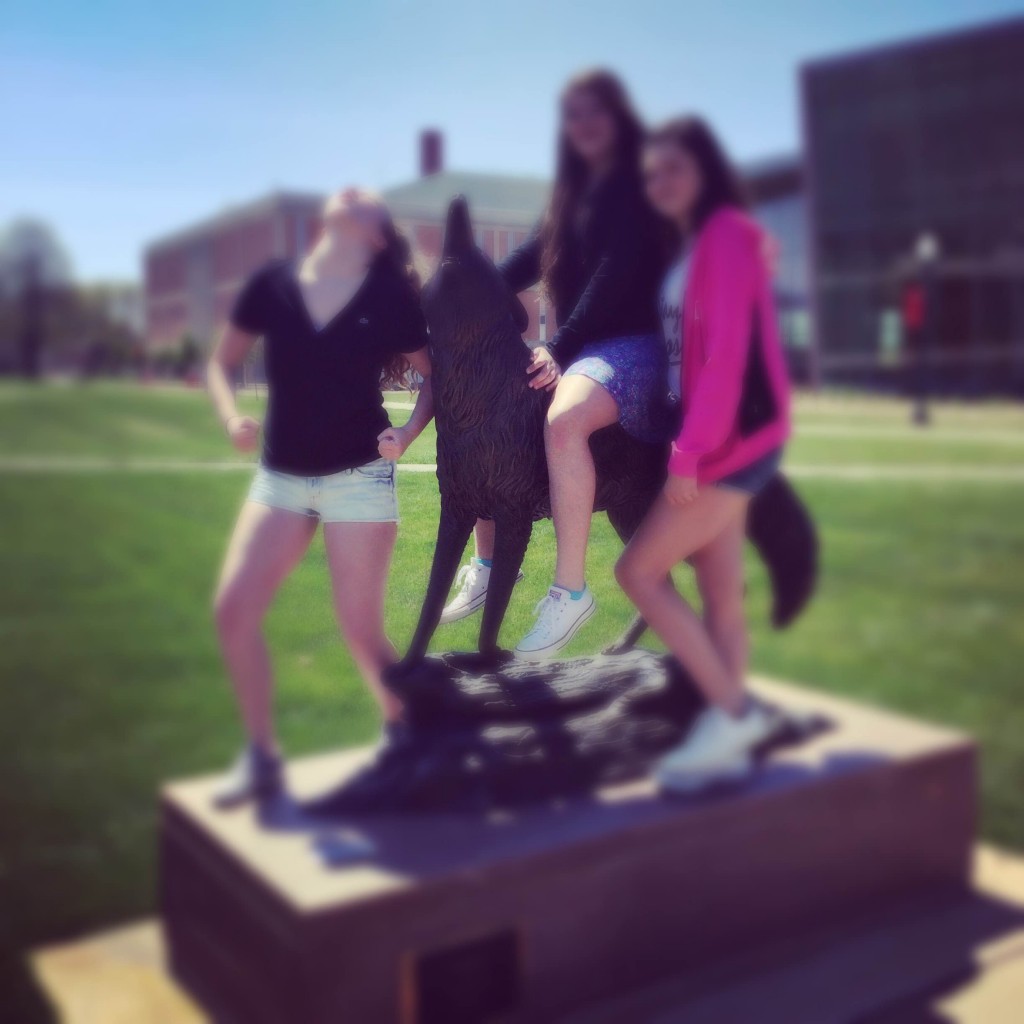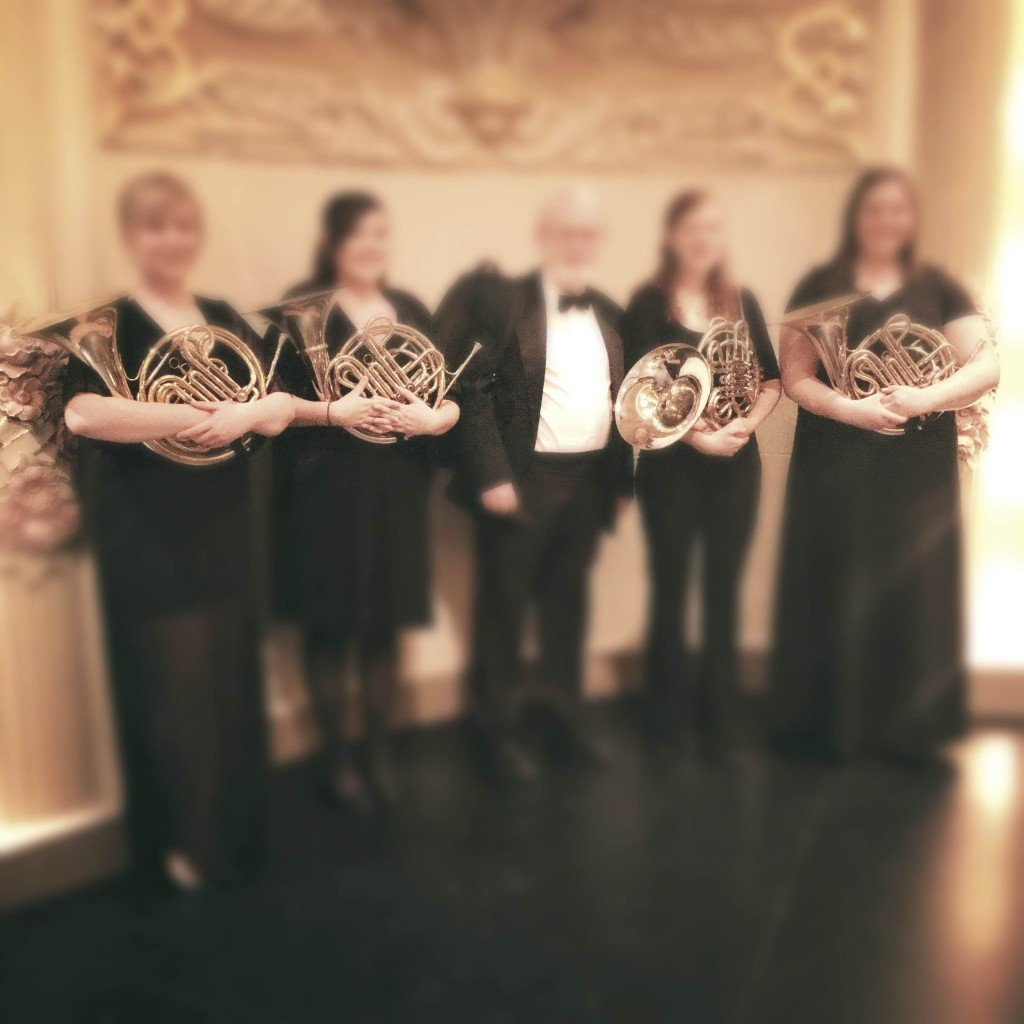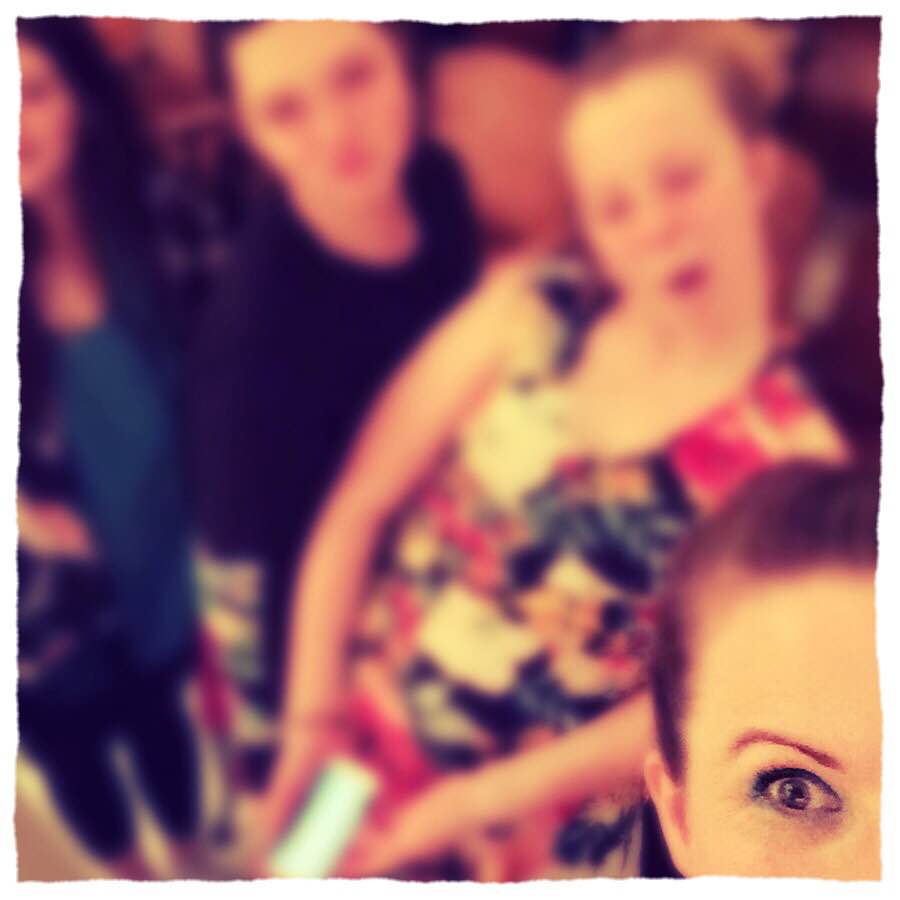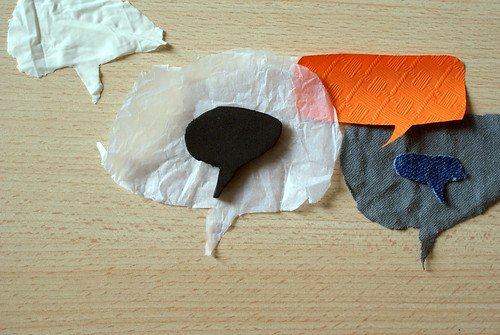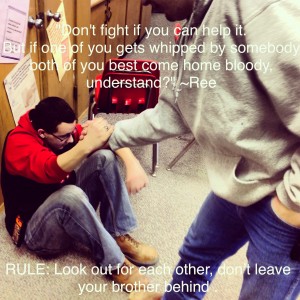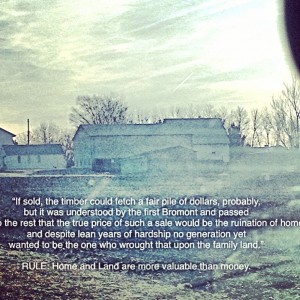This assignment was featured in an episode of “Learning World” on Euronews. Check it out! Our portion begins at the 6 min. 30 sec. mark. –> Learning World

 Photo Credit: jason via Compfight
Photo Credit: jason via Compfight
“Playing” and “Beowulf” don’t typically appear in close conjunction with one another. Really “playing” and English class don’t go hand in hand often enough, in my opinion. This assignment is designed to combat the perceived stuffiness associated with old texts. Through play, we can find and make meaning–even when we’re beyond the age usually affiliated with “playing”.
What is one thing the big kids like to play with? Social media! In this assignment I ask my students to celebrate and showcase the language of Beowulf (in translation) through the currently popular Vine app. In doing so, they will be zeroing in on and mastering a tiny portion of a text that can otherwise seem daunting to a reader–especially a young one–and thereby providing a stepping stone upon which they can launch into deeper understanding of this text as well as other similarly difficult ones that they will inevitably encounter in this class and beyond. What follows are the instructions I provided my students and an example Vine that a student and I created.
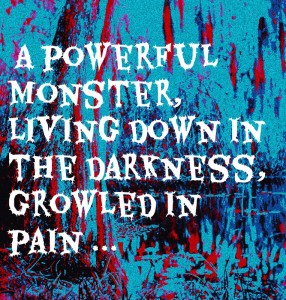
This assignment is designed not only to look at the text “under a microscope” for greater understanding of it, but also to celebrate the language and story of Beowulf, the oldest written English-language story in existence. For this assignment, we will use the Burton Raffel translation from our textbook.
PROCEDURE
THINK. What was the most engaging part or aspect of the story? Who was your favorite character, and why? Are there any words or lines that especially stand out to you? What were some examples of kennings and alliteration the author/translator used?
CHOOSE. Identify a line or lines from the text on which you’d like to focus.
PLAN YOUR VINE. How can you bring this line of text to life in a creative, celebratory fun manner in 6 seconds or less? Will you use a costume? an accent? props? Will you need to recruit friends to be a part of your video?
TIPS. Use the following checklist to guide your planning.
Make sure …
… you know how to pronounce all of the words in your chosen line(s).
… to speak clearly and enunciate each word, so it is easy for your audience to understand you (especially if you decide to use an accent).
… to project your voice and speak loudly enough that the camera picks up your voice (without overpowering the microphone and speakers).
… to use a costume, props or “special effects”. It will make it more fun for you and your audience.
… experiment with different ways to deliver the line(s).
… practice it BEFORE you commit it to video.
Your final product should show evidence of planning and celebration! Have fun playing with Beowulf and friends.
EXAMPLE:
UPDATE: Here are some of the results from this year’s group (2013-14 semester 2)
Here are some quote choices. You are welcome to pick others, but these are some of the ones I thought would lend themselves well for Vining.
page 40
The corners of the earth were made lovely with trees and leaves …
So Hrothgar’s men lived happy in his hall/Till the monster stirred, that demon! that fiend! Grendel!
page 42
He was spawned in that slime, conceived by a pair of those monsters born of Cain.
The Almighty drove those demons out, and their exile was bitter, shut away from men.
The monster’s/Thoughts were as quick as his greed or his claws.
At daybreak, with the sun’s first light, they saw/How well he had worked …
page 43
So Grendel rules, fought with the righteous/One against many, and won …
So mankind’s enemy continued his crimes/Killing as often as he could, coming/Alone, bloodthirsty and horrible.
He never/Dared to touch King Hrothgar’s glorious Throne, protected by God–God,/whose love Grendel could not know.
page 44
Beowulf, Higlac’s/Follower and the strongest of the Geats … /Heard how Grendel filled nights with horror.
None of the wise ones regretted his going, much/As he was loved by the Geats: the omens were good …
So Beowulf/Chose the mightiest men he could find, the bravest and best of the Geats, fourteen/In all
page 45
“Whose soldiers are you,/You who’ve been carried in your deep-keeled ship/Across the sea-road to this country of mine? …”
page 46
“Nor have I ever seen,/Out of all the men on earth, on greater/than has come with you …”
“… No commoner carries/Such weapons, unless his appearance, and his beauty/Are both lies …”
“You! Tell me your name,/And your father’s name; no spies go further onto Danish/Soil than you’ve already come …”
“We are Geats/Men who follow Higlac. My father was a famous soldier, known far and wide/As a leader of men.”
“A soldier should know the difference between words/And deeds, and keep that knowledge clear/In his brain.”
“I believe your words. I trust in your friendship. Go forward, weapons and armor/And all, on into Denmark.”
page 47
They marched, Beowulf and his men/ … until they could see the gables/Of Herot, covered with hammered gold/And glowing in the sun …
“Hail Hrothgar!/Higlac is my cousin and my king; the days/Of my youth have been filled with glory.”
“Now Grendel’s/Name has echoed in our land: sailors/Have brought us stories of Herot, the best of all mead-halls, deserted and useless …”
“My people have said, the wisest, most knowing/And best of them, that my duty was to go to the Danes’/Great king.”
“They have seen my strength for themselves,/Have watched me rise from the darkness of war,/Dripping with my enemies blood.”
page 48
“I swam/In the blackness of night, hunting monsters/Out of the ocean, and killing them one/By one … /Now Grendel and I are called/Together, and I’ve come”
“Grant me, then,/Lord and protector of this noble place,/A single request!”
“I have come so far,/O shelterer of warriors and your people’s loved friend …”
“…I alone and with the help of my men,/May purge all evil from this hall.”
“I have heard/Too that the monster’s scorn of men/Is so great that he needs no weapons and fears non.”
“My lord Higlac/Might think less of me if I let my sword/Go where my feet were afraid to …”
“… my hands/Alone shall fight for me, struggle for life/Against the monster.”
“God must decide/Who will be given to death’s cold grip.”
page 49
Out from the marsh, rom the foot of misty/Hills and bogs, bearing God’s hatred, Grendel came …
He journeyed, forever joyless,/Straight to the door, then snapped it open …
By morning, the monster’s mind was hot/With the thought of food and the feasting his belly/Would soon know.
But fate, that night, intended/Grendel to gnaw the broken bones/Of his last human supper.
And Grendel’s great teeth came together/Snapping life shut.
page 50
The infamous killer fought/For his freedom, wanting no flesh but retreat,/Desiring nothing but escape.
That trip to Herot/Was a miserable journey for the writhing monster!
The high hall rang, its roof boards swayed,/And Danes shook with terror.
That mighty protector of men/Leaped out, knowing the fiend was no use/To anyone in Denmark.
… the sharpest and hardest iron/Could not scratch at his skin, for that sin-stained demon/Had bewitched all men’s weapons …
page 51
The monster’s hatred rose higher/But his power had gone. He twisted in pain/And the bleeding sinews deep in his shoulder/Snapped …
The battle was over. Beowulf/Had been granted new glory.
Grendel escaped/But wounded as he was could flee to his den … Only to die
He, who had come to them from across the sea/Bold and strong-minded, had driven affliction/Off, purged Herot clean.
… the Danes/Had been served as he’d boasted he’d serve them …
Beowulf,/A prince of the Geats, had killed Grendel/Ended the grief, the sorrow, the suffering/Forced on Hrothgar’s helpless people/By a bloodthirsty fiend.
No Dane doubted/The victory, for the proof, hanging high/From the rafters where Beowulf had hung it, was the monster’s/Arm, claw and shoulder and all.
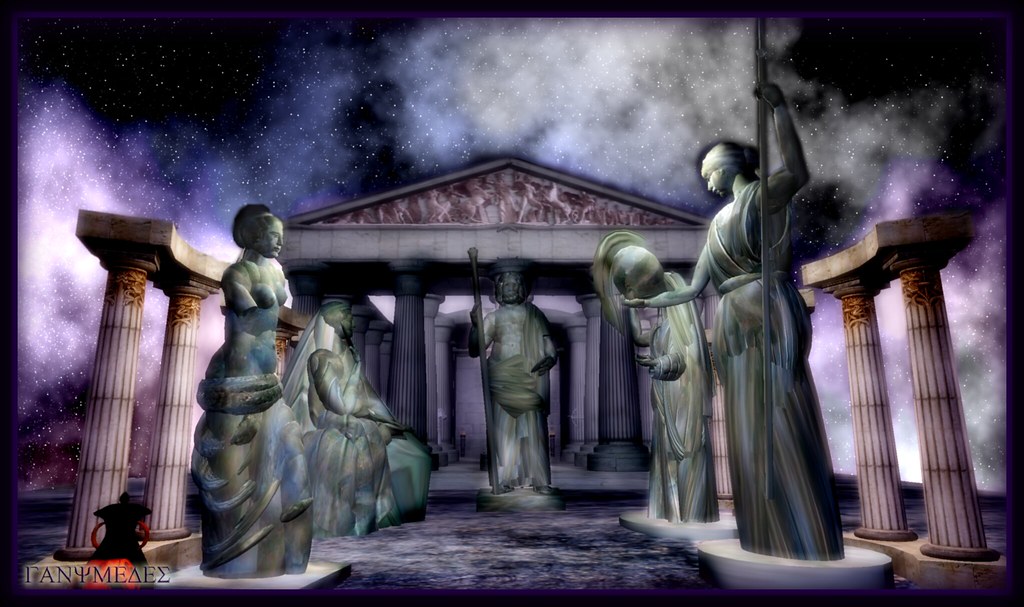 Ganymedes Costagravas via Compfight
Ganymedes Costagravas via Compfight